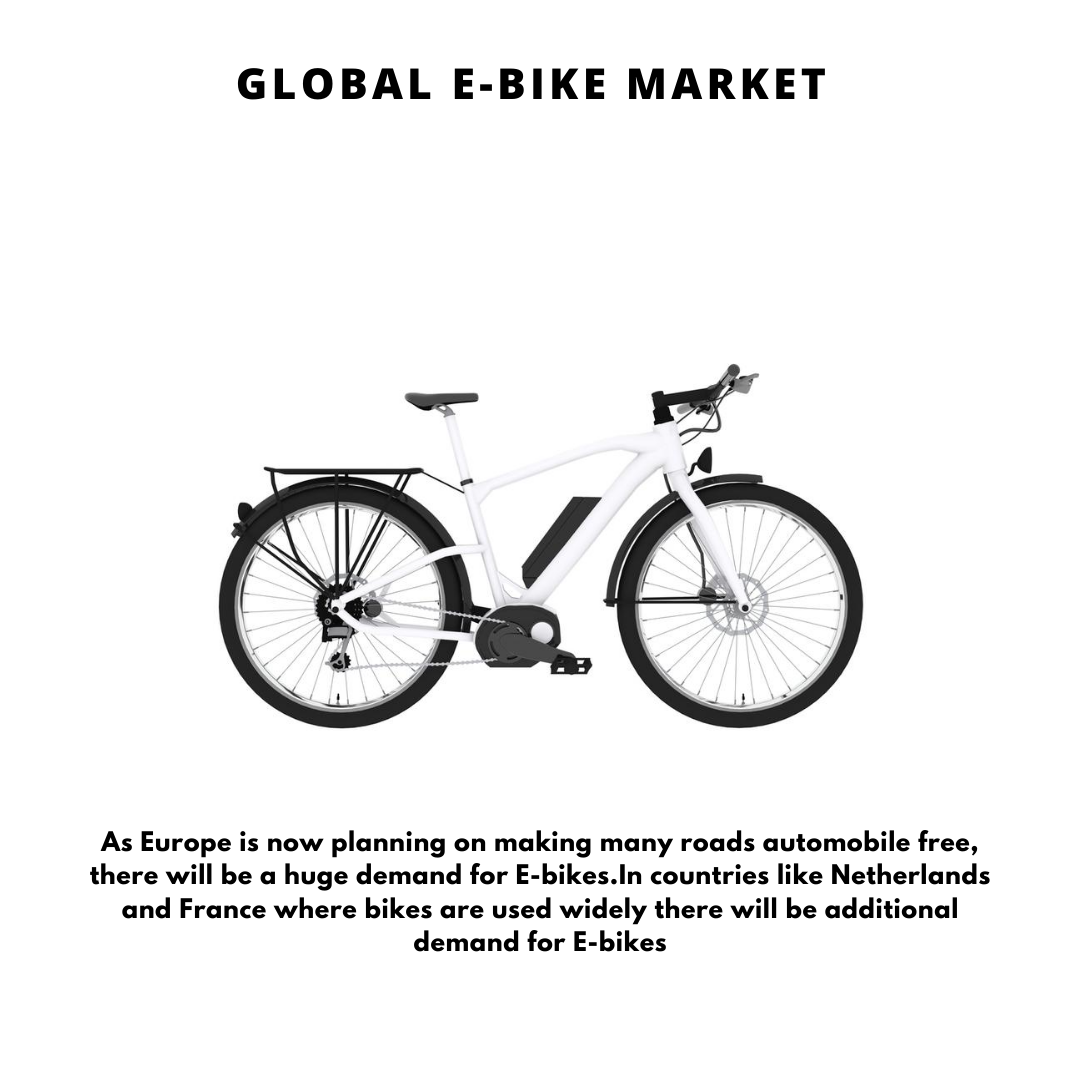A Comprehensive Guide To E-Bike Categories: Defining Each Kind
A Comprehensive Guide To E-Bike Categories: Defining Each Kind
Blog Article
Written By-Lohse Shaffer
If you're taking into consideration purchasing an e-bike, understanding the various classes is key in making an educated decision. You could be shocked at exactly how each class supplies unique features that cater to various riding preferences and legal demands. From pedal-assist alternatives to throttle-controlled versions, each course has its benefits. So, before you select the ideal e-bike for your needs, it's important to comprehend the distinctions between Course 1, Course 2, and Class 3 e-bikes.
Course 1 E-Bikes
Course 1 E-Bikes are defined as pedal-assist electric bicycles that give aid just when you pedal, stopping to do so when you reach 20 mph. These bikes are best for those seeking a little additional boost while still wanting to obtain some exercise. Class 1 E-Bikes provide a smooth change between pedaling and electrical assistance, helping you dominate hillsides and cross countries effortlessly. The electric motor begins as quickly as you begin pedaling, giving a natural and effortless ride experience.
Among the crucial benefits of Course 1 E-Bikes is that they're allowed on the majority of bike courses and tracks where typical bikes are permitted. This means you can discover new paths and enjoy the outdoors with no constraints.
Additionally, these bikes are environmentally friendly and provide a lasting setting of transportation, reducing your carbon footprint while still getting you to your destination effectively.
Class 2 E-Bikes
Carrying on from the pedal-assist dynamics of Course 1 E-Bikes, Class 2 E-Bikes introduce a new element into the electric bike world. These e-bikes include a spin throttle attribute, enabling you to ride without pedaling in any way. With this enhancement, you have the option to just involve the throttle and let the motor do the work, propelling you onward easily.
Class 2 E-Bikes are optimal for bikers that may require a break from pedaling or call for help when beginning with a complete quit. https://sites.google.com/view/zugobike/ makes them specifically appealing for people with restricted mobility or those that desire an even more leisurely riding experience.
Nevertheless, it's important to keep in mind that Class 2 E-Bikes are still controlled by a rate restriction of 20 miles per hour, making certain security and compliance with laws.
Class 3 E-Bikes
For bikers looking for a more vibrant electrical biking experience, Class 3 E-Bikes deal boosted speed and performance compared to their Class 1 and Class 2 counterparts. Course 3 E-Bikes are called "speed pedelecs" and can reach rates of approximately 28 mph, providing a thrilling ride for those seeking an extra boost. These bikes come equipped with a pedal-assist system that starts when you begin pedaling, making it much easier to keep higher rates with much less effort.
https://www.london-fire.gov.uk/news/2024-news/august/brigade-teams-up-with-deliveroo-and-amazon-to-deliver-e-bike-and-e-scooter-safety-advice-direct-to-riders-and-customers/ of Course 3 E-Bikes is that they aren't restricted to bike lanes only; they can likewise be used on streets where the speed restriction is 30 miles per hour or lower. This versatility permits bikers to browse with traffic extra successfully while still enjoying the benefits of electrical aid.
Nevertheless, it's important to keep in mind that some areas may have specific laws regarding the use of Class 3 E-Bikes, so always check local laws prior to hitting the road.
Final thought
So, now that you recognize the differences between Course 1, 2, and 3 E-Bikes, you can make a notified decision on which kind finest suits your needs. Whether you choose pedal-assist, throttle feature, or greater rates, there is an E-Bike class around for you. Bear in mind to consider your neighborhood laws and personal choices before making your choice. Pleased riding!
